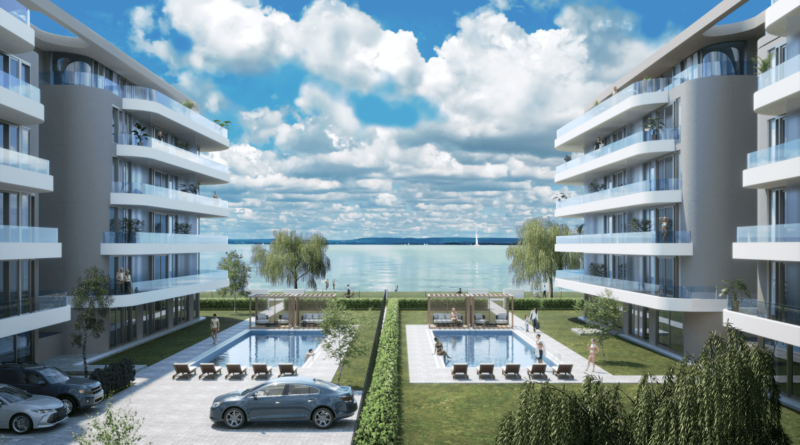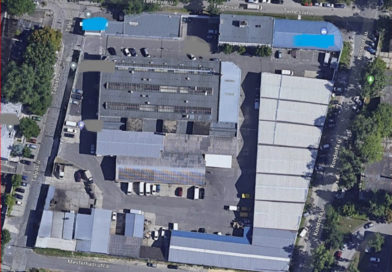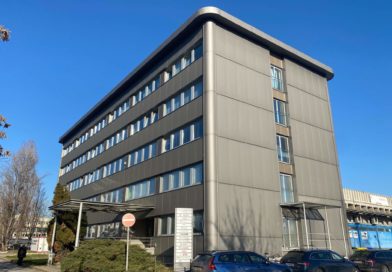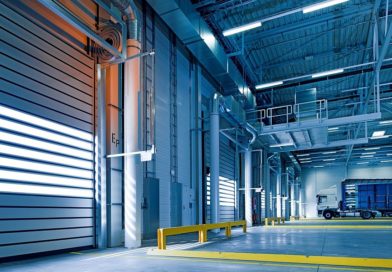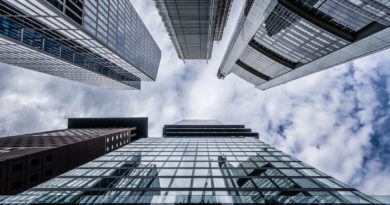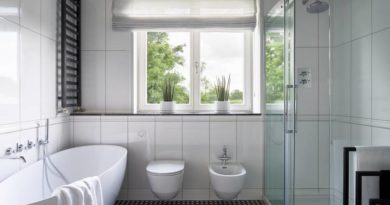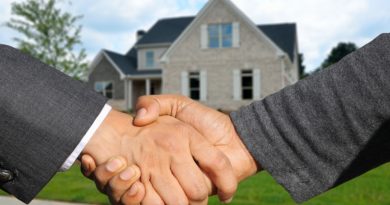Green Building Certifications are becoming common
Since 2009, the number of newly-built office buildings in Budapest has decreased significantly. However, a trend has emerged where new real estate projects are seeking green certifications and recognition for achieving high development standards by reducing a building’s footprint and environmental impact.
“Budapest has also increased its number of existing certified buildings and buildings currently under assessment for certification. It is estimated that there is 240,000 m2 of environmentally friendly office space in Budapest. This represents 7.5% of total modern office stock. By 2014, this percentage is expected to rise to 10% with the completion of new supply.” – said Norbert Szircsák, researcher and valuation consultant at the real estate advisory firm. There are two widely used certification systems in Hungary: the U.K.-based BREEAM and the U.S.-based LEED. If we look at developments currently under construction or those shortly set to launch, by the end of 2014, we expect the completion of four BREEAM certified buildings and two LEED-certified buildings, comprising a total 112,000 m2 of new green office space in the city.
In addition to office buildings, green shopping centers have also started appearing around the country. The first green retail projects in Hungary were the Campona and Pólus Centre malls. Both secured the BREEAM In-Use “Good” certification, based on their environmentally friendly operations. The recently opened Szeged Árkád shopping centre achieved the gold certification of Germany’s DGNB, while the Hegyvidék Center, currently under construction in Budapest’s 12th district, achieved a BREEAM “Very good” pre-certification.
Green certifications are also available for industrial properties and hotels, but office buildings and shopping centres are proving more popular. However, ProLogis Park Budapest-Sziget, an industrial property in the country, acquired a BREEAM In-Use certification. Both the UK and US systems have several sub-categories of certification. For new-builds, there is LEED New Construction, LEED Core & Shell and BREEAM Europe Commercial, for existing buildings, LEED for Existing Buildings Operation and Maintenance and BREEAM In-Use can be used in a retrofit or for improving the operations of an existing facility, and sustainable real estate development also allows for the certification of tenant office or commercial space within a building under the LEED for Commercial Interiors category.
“Lastly, it is important to note the different point systems within the LEED and BREEAM certifications. In the case of the BREEAM “Pass” category, 30% of the 100-point scoring system has to be met, whereas to achieve the LEED “Platinum” or BREEAM “Outstanding” level 80 and 85 points are required respectively. The scoring system and the grades allow green buildings to be comparable to each other and demonstrate the extent of their environmental sustainability.” – summarized Norbert Szircsák.
The complete sustainable buioldings market report of Colliers International Hungary can be downloaded from http://www.colliers.hu/content/view/60/57/lang,en/

